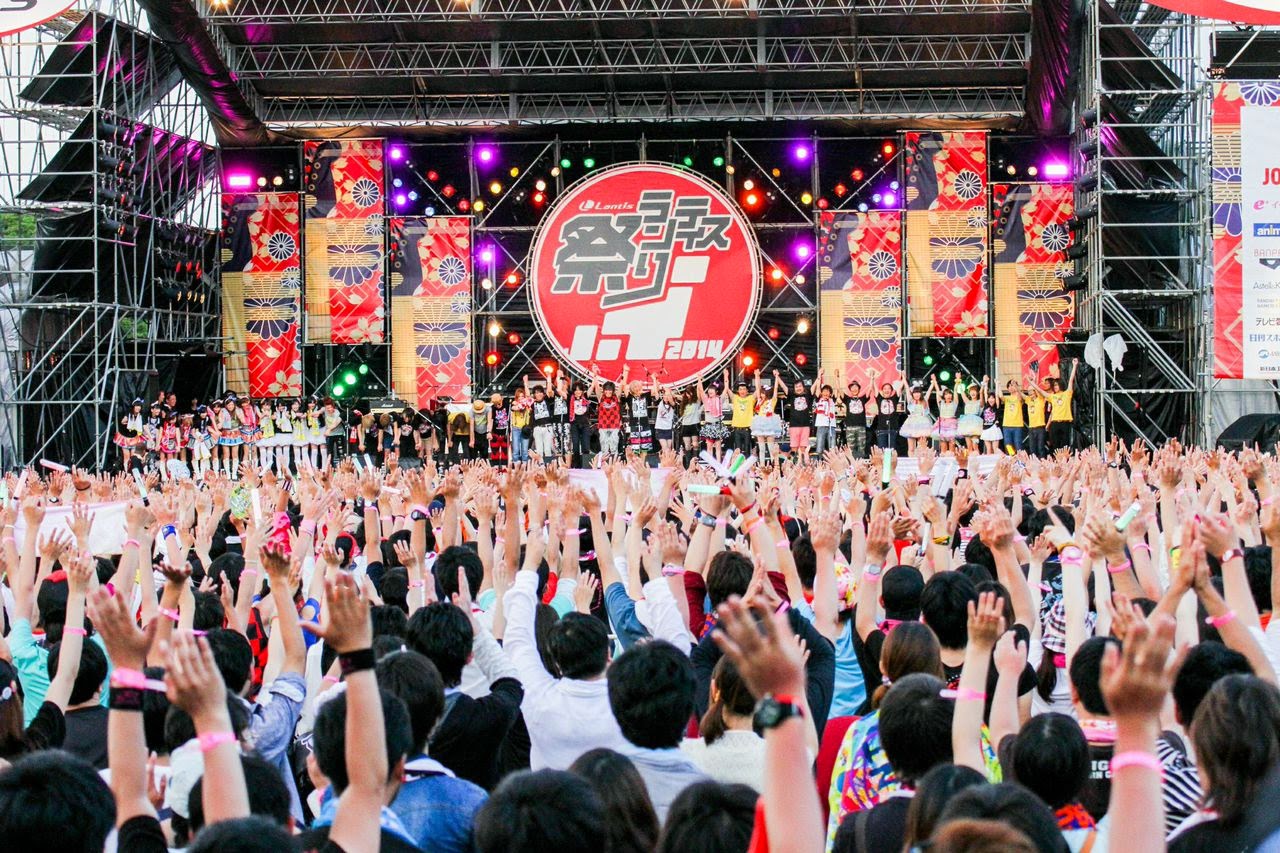Illustrating Murakami By ROLAND KELTS Haruki Murakami’s illustrated novella, “The Strange Library,” arrived in the mail last month looking like a Christmas card from a bipolar ex. Two cheery and colorful cartoon eyes adorn the card’s top half; beastly fangs in sepia tone snap down below. When I slid open the envelope-like front cover, its button seal bearing the numerals “107,” I expected to find menace, and I did. One dark-rimmed emerald green eye glared at me from the broad interior fold, embedded in hair and encircling a black pupil. On the smaller bottom flap was the upside-down half-moon mouth of a smiling child, skin pink and over-bright, canines pristine. Two realities trading places, the threat of violence in an uneasy state of play: classic Murakami, of course. But also vintage Chip Kidd, the associate art director at Knopf who has been designing U.S. first editions of Murakami books since the author’s 1993 short-story collection, “The Elephant Vanishes.” Kidd’...



